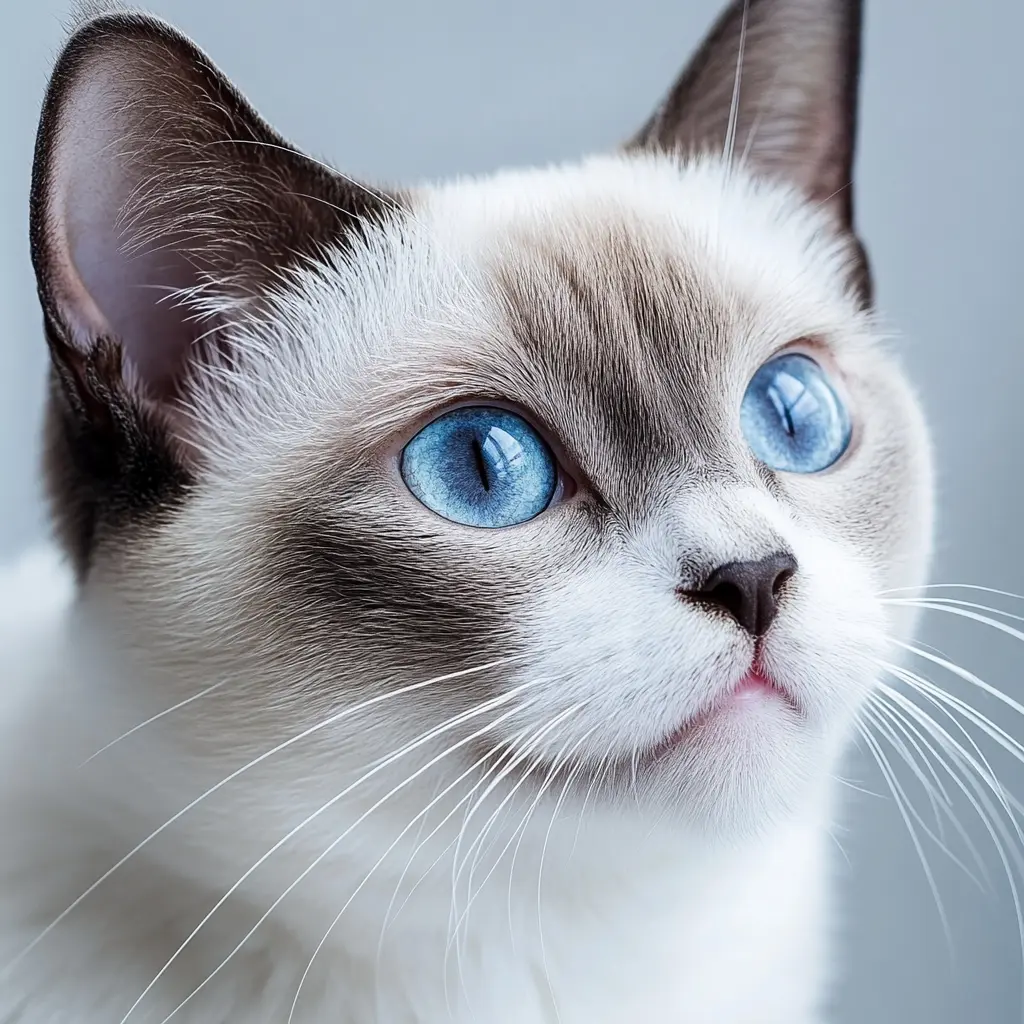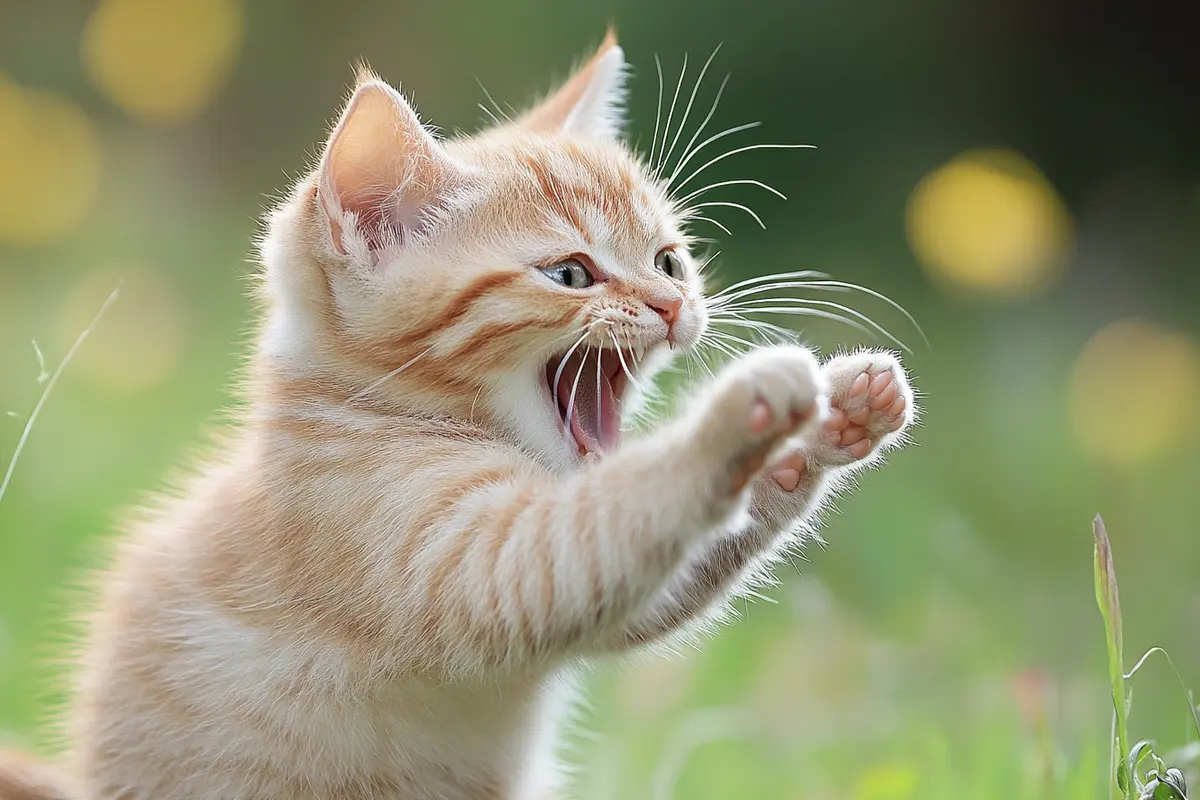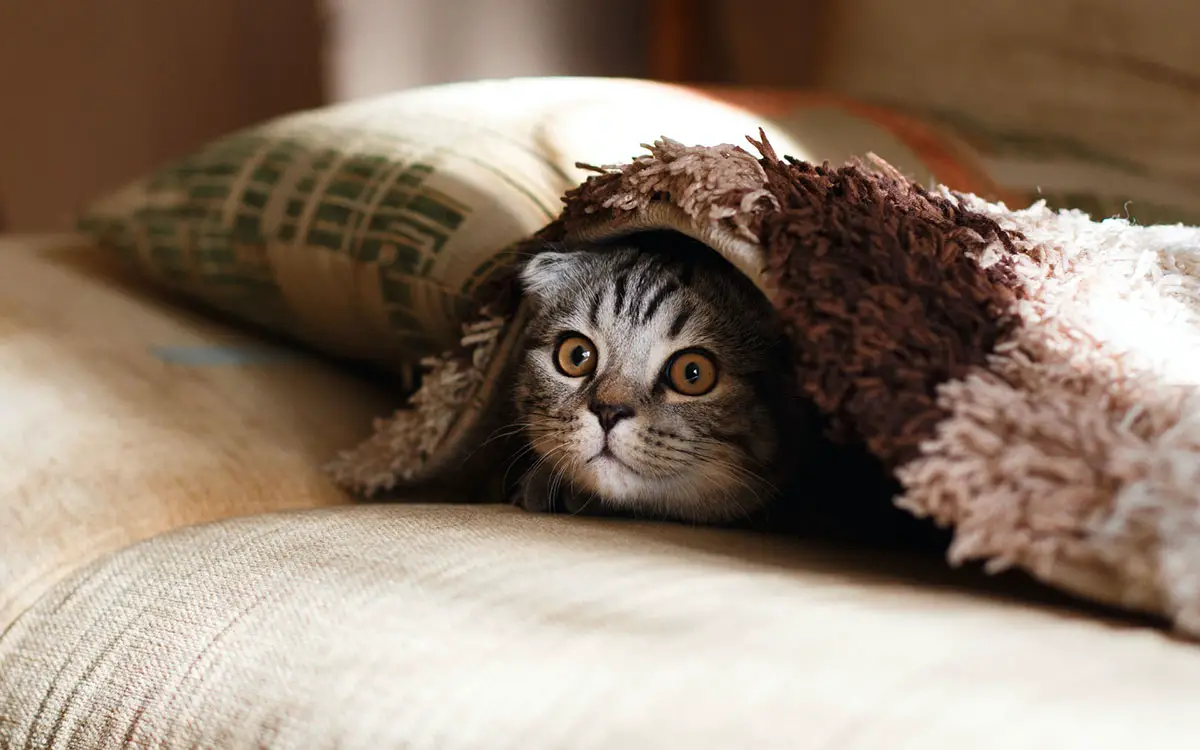The world of cats is vast and varied, and among the most fascinating felines are rare cat breeds. These rare cat breeds possess unique characteristics, captivating histories, and often, a touch of mystique. People are increasingly interested in owning these extraordinary animals, drawn to their distinctive appearances and temperaments.
Table of Contents
What Makes a Cat Breed “Rare”?
Defining a rare cat breed involves several factors. Rare cat breeds typically have low population numbers worldwide. In addition, rare cat breeds may originate from specific geographic regions. Cat registries, such as The Cat Fanciers’ Association (CFA) and the International Cat Association (TICA), play a crucial role. These organizations recognize and preserve rare cat breeds by setting standards and promoting responsible breeding.
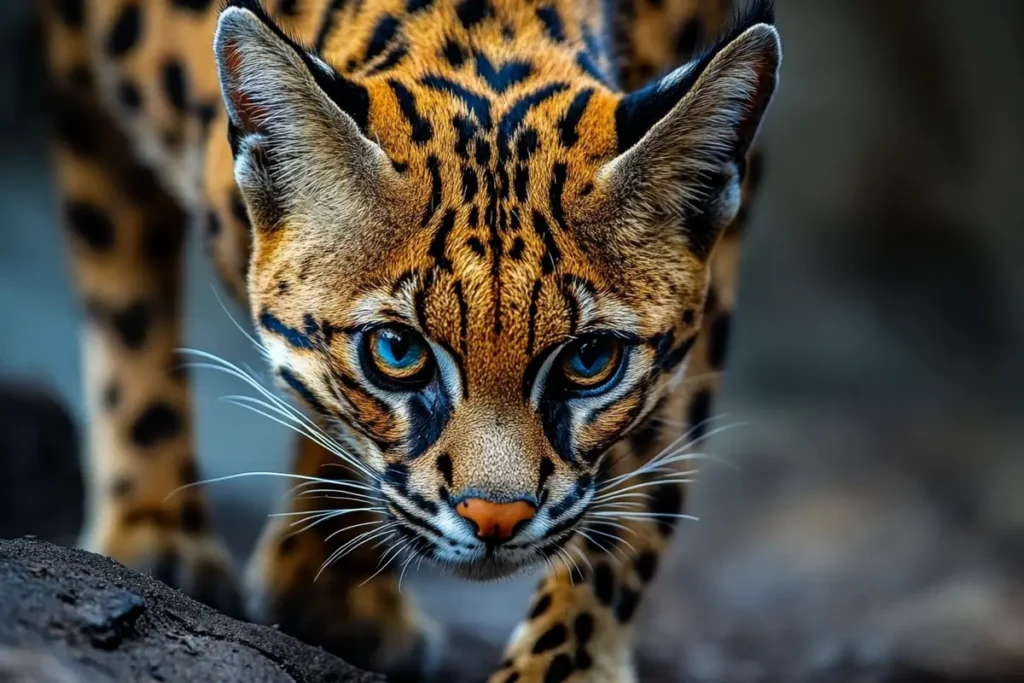
The Savannah Cat: A Wild Beauty
The Savannah is a striking example of rare cat breeds. The Savannah’s origin is a cross between a domestic cat and a Serval, a medium-sized African wild cat. Savannahs are known for their tall, slender bodies and spotted coats. Savannah cats also possess large ears and long legs, contributing to their wild appearance.
The Savannah’s temperament is often described as confident, curious, and active. They are highly intelligent and require plenty of mental stimulation. Savannahs need a high-quality diet rich in protein, along with regular exercise to stay healthy and happy.
However, owning a Savannah can present challenges. Legal regulations vary depending on location, and their wild ancestry can make them more demanding than typical domestic cats.
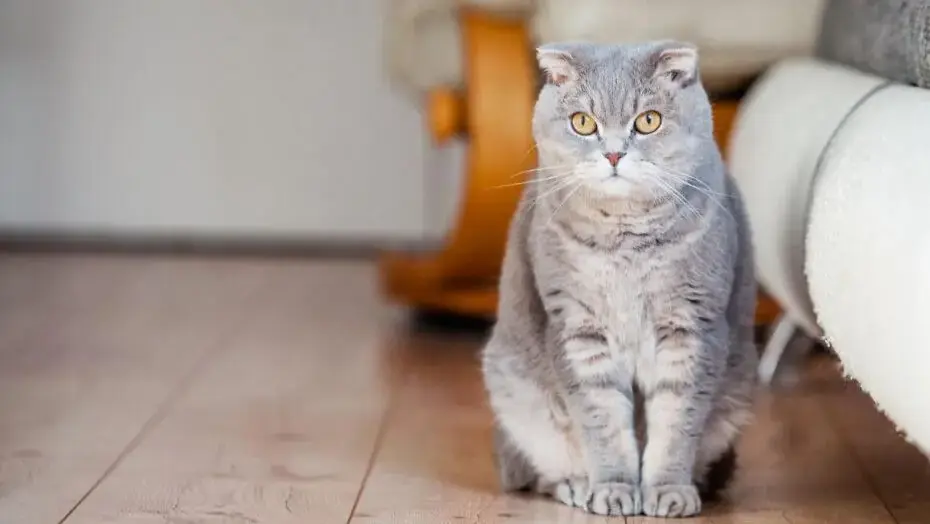
The Scottish Fold: Endearing and Distinctive
The Scottish Fold is known for its uniquely folded ears, one of the most recognizable rare cat breeds. This distinctive trait results from a genetic mutation. The first Scottish Fold was discovered in Scotland in the 1960s. Scottish Folds can have varying degrees of ear fold, with some having tightly folded ears and others with looser folds.
Scottish Folds are generally known for their sweet and gentle temperaments. Furthermore, Scottish Folds adapt well to family life. However, Scottish Folds are prone to osteochondrodysplasia, a degenerative joint disease. Ethical breeding practices are crucial to minimize health issues.
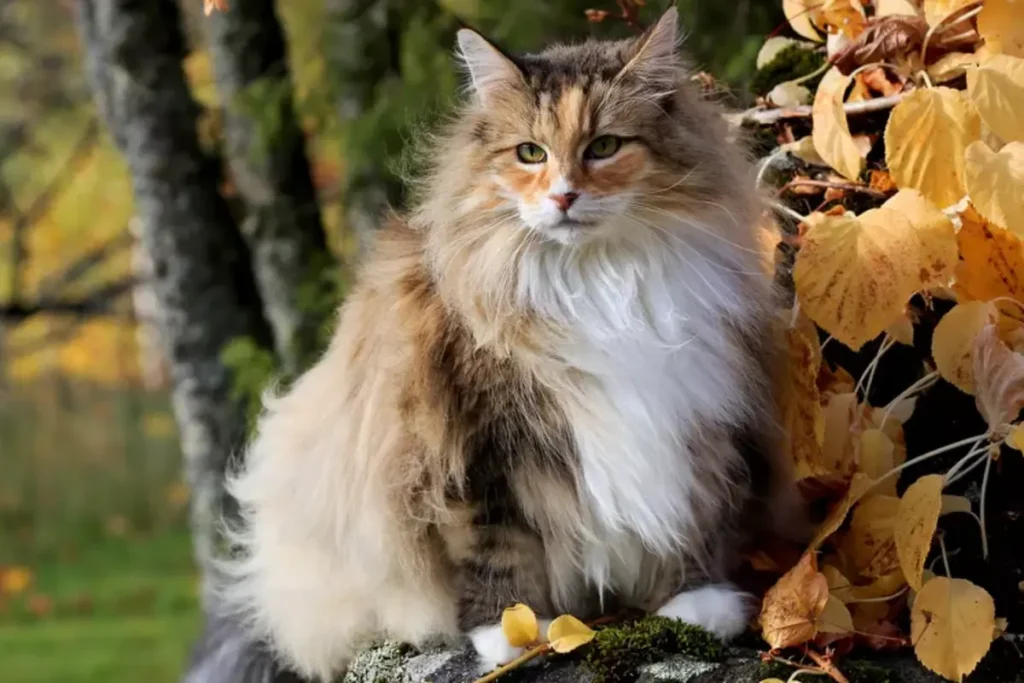
The Norwegian Forest Cat: A Gentle Giant
The Norwegian Forest Cat, or “Wegie,” has roots in Norwegian folklore. This rare cat breed adapted to the cold Scandinavian climate over centuries. Norwegian Forest Cats have a thick, water-resistant double coat, large size, and muscular build. In addition, Norwegian Forest Cats are known for their tufted ears and bushy tails.
Norwegian Forest Cats are affectionate and enjoy spending time with their families. They require regular grooming to prevent matting. Norwegian Forest Cats can be prone to certain genetic conditions like hypertrophic cardiomyopathy (HCM). Therefore, genetic screening is important for responsible breeders.
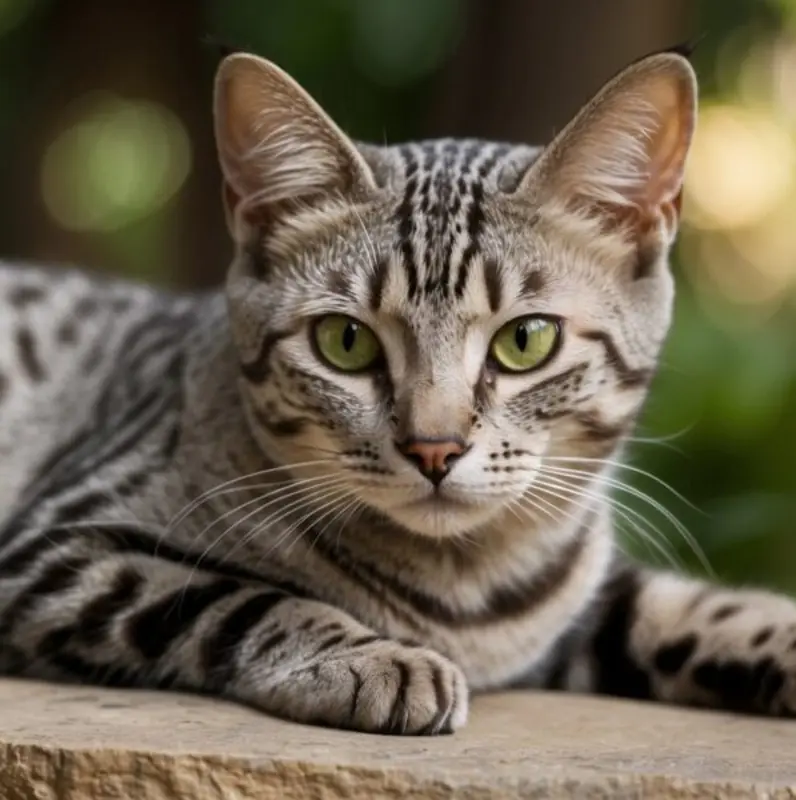
The Egyptian Mau: An Ancient Treasure
The Egyptian Mau is one of the oldest rare cat breeds, with a history dating back to ancient Egypt. Egyptian Maus are the only naturally spotted domestic cat breed. Their spots are not just on their coat but also on their skin. Egyptian Maus are known for their striking green eyes and elegant appearance.
Egyptian Maus are intelligent and active cats, who form strong bonds with their owners. These rare cat breeds need plenty of playtime and mental stimulation. Conservation efforts are underway to preserve the Egyptian Mau breed, ensuring genetic diversity.
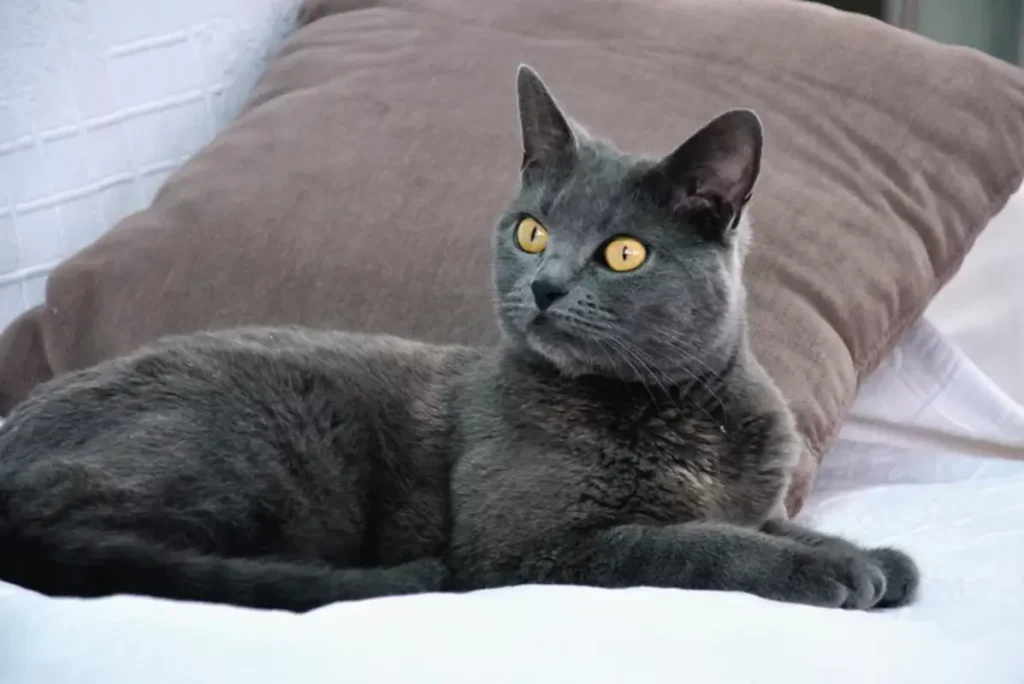
The Chartreux: A French Feline Mystery
The Chartreux is a rare cat breed with a mysterious history, possibly linked to Carthusian monks in France. Chartreux cats have a distinctive blue-gray coat and bright orange eyes. Their woolly double coat gives them a unique plush appearance.
Chartreux cats are known for their quiet and gentle nature. They are intelligent and relatively easy to care for. Health considerations include patellar luxation and potential for urinary issues. The Chartreux has appeared in various historical references, adding to its mystique.
You might also like Discovering the 6 Most Popular Cat Breeds
Caring for Rare Cat Breeds: Special Considerations
Caring for rare cat breeds requires special attention. Finding reputable breeders is essential to ensure the health and well-being of your cat. Reputable breeders prioritize genetic testing and responsible breeding practices. In addition, rare cat breeds may be prone to specific health issues, making breed-specific knowledge important.
Providing appropriate nutrition and exercise is crucial for all cats, but even more so for rare cat breeds with specific needs. Genetic testing helps identify potential health risks.
The Future of Rare Cat Breeds
Preserving and promoting rare cat breeds involves several challenges. Low population numbers can lead to genetic bottlenecks. Responsible ownership and conservation efforts are vital for ensuring the survival of these unique felines. Cat organizations and breed clubs play an important role in raising awareness.
Conclusion: Embracing the Unique Charm of Rare Cat Breeds
Rare cat breeds offer a unique blend of beauty, history, and personality. Owning one of these extraordinary cats is a rewarding experience, but comes with responsibilities. By understanding their specific needs and supporting responsible breeding, we can ensure that these rare cat breeds continue to thrive.
FAQs About Rare Cat Breeds
Which is the rarest breed of cat?
The Egyptian Mau is considered one of the rarest domestic cat breeds. Its unique spotted coat and ties to ancient Egypt make it particularly special.
What is the most exotic cat breed?
The Savannah is often considered one of the most exotic cat breeds. Its wild appearance and energetic temperament set it apart.
What is the top 1 expensive cat?
Savannah cats can be quite expensive, particularly the earlier generations (F1 or F2) that have a higher percentage of Serval ancestry.
What is the most unique cat breed?
The Scottish Fold is arguably one of the most unique cat breeds. Its folded ears and endearing personality make it a favorite among cat lovers.
